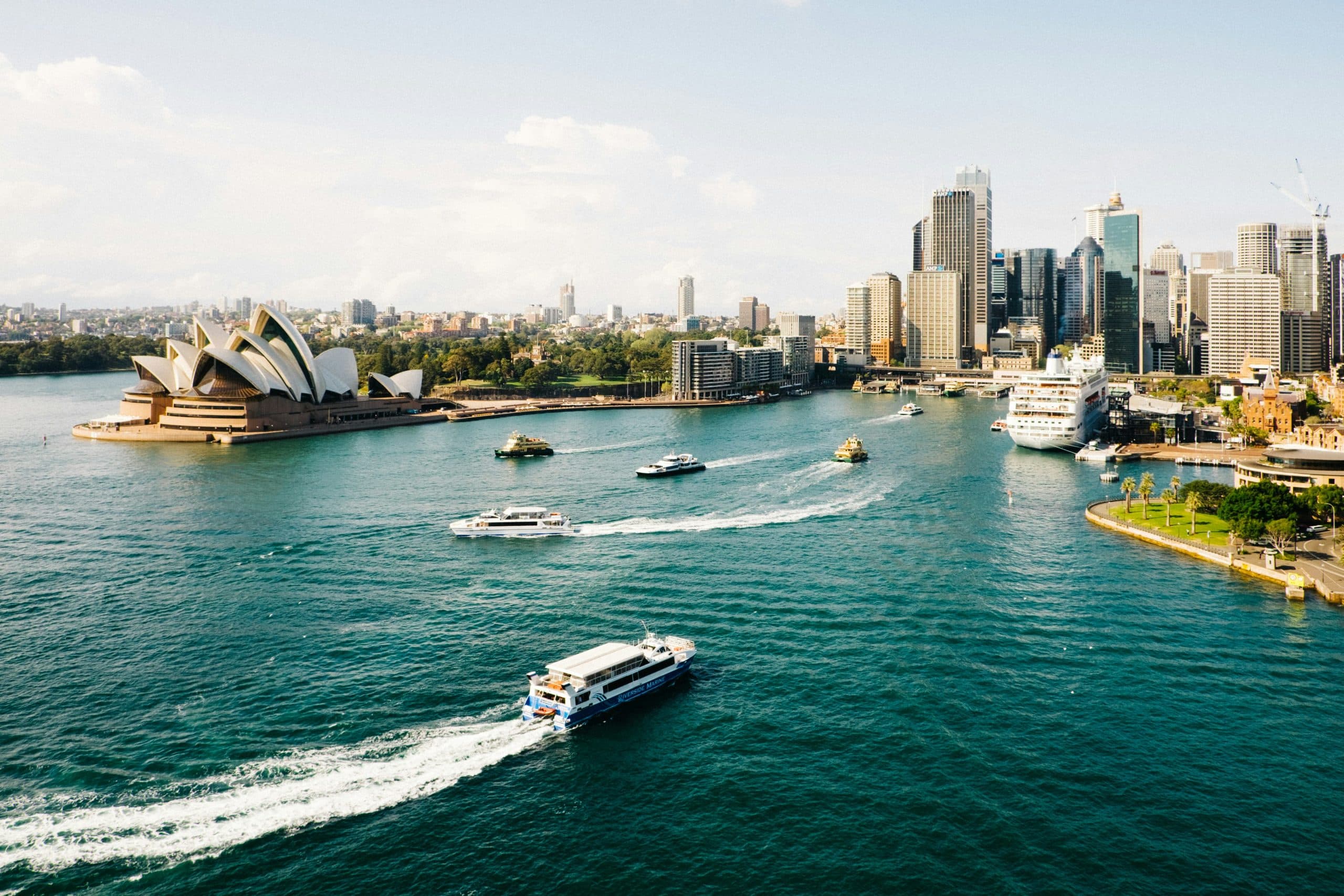
Note: This is a guest post written by Oliver Stanton – Brands that are looking for long-term growth and success need to expand their brand internationally at some point. The global marketplace offers such opportunities that businesses and brands can exponentially increase their revenue, tap into new customer bases, diversify revenue streams, and gain a competitive advantage.
By expanding your brand globally, you get access to a broader customer base, reduce dependence on a single market, and increase revenue potential. In addition, global expansion can also help your brand stay competitive in the long run, like McDonald’s. Let us share some key tips that can help you expand your brand internationally.
Understand Global Markets
Starting from the basics, the first thing that you have to do is understand global markets. Identifying and understanding the countries or regions where you wish to expand your brand is important. Factors like market size, economic stability, cultural fit, and alignment with your brand’s goals should be considered. Conduct thorough market research to pinpoint your target locations.
Once you have done that, evaluate the demand for your offerings in those areas. Factors such as consumer behavior, purchasing power, and trends should be considered before finalizing any target location.
Competitive Analysis
After you get a sound understanding of global markets, it is necessary to understand your competition. Perform competitive analysis on both local and international competitors in your target markets. Identify their marketing strategies, product offerings, unique selling propositions, market share, strengths, and weaknesses. This knowledge will allow you to identify market gaps and position your brand effectively in those markets.
Legal and Regulatory Considerations
Since you will be expanding your business into different countries and regions, legal and regulatory considerations must be kept in mind. Ensure that your brand’s trademarks, patents, and copyrights are registered and enforceable in your target markets. Intellectual property theft can be a significant risk, and consulting with legal experts can help you in this regard.
Business Structure
Choosing the most suitable and viable business structure for your international operations is also important. There are options like subsidiaries, branches, joint ventures, or partnerships available. Each structure comes with its own advantages and legal and tax implications, so make sure to get help from professionals who can help you make the right decision.
Cultural Adaptation
Understanding cultural nuances is essential for international success. Each culture has its own norms, customs, and values. What works in one market or is part of one culture might not be well-received in another. Therefore, make sure that you provide your team with appropriate cultural training to avoid misunderstandings or cultural mishaps.
Brand Positioning
While maintaining a brand’s core values is essential, it is also important to adapt your brand to suit the preferences and expectations of international audiences. This involves altering messaging, design elements, or even product features. During this whole revamp, make sure that you maintain brand consistency like Marriott so that your brand is easily recognizable and evokes the same emotions across the globe.
Building a Global Team
Expanding your team with local talent who understands the nuances and cultural values of the local market is necessary. Consider building a team from the locality and providing training and development programs for employees who will work in international roles. You can also embrace inclusion and diversity in your workplace to promote creativity and innovation.
Financial Planning
Financial planning is just as important as other things. For international expansion, you will need to have a comprehensive budget that accounts for all the costs associated with global expansion. This includes things like initial setup costs, ongoing operational expenses, marketing budgets, and potential contingencies.






